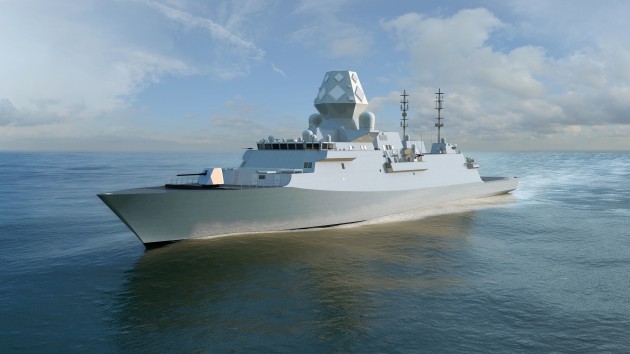ASPI has released a new report into the upcoming decision on Australia’s $35 billion Future Frigate program.
“The SEA 5000 Future Frigate program has three separate broad objectives,” report authors Andrew Davies, Michael Shoebridge, and James Mugg write. “ The first is to replace the Anzac-class frigates from the mid-2020s, providing the RAN with a new class of warship with the desired capabilities. The second is industrial: faced with a steady loss of shipyard jobs over the past few years, the Australian Government wants work at the ASC Shipyard in South Australia to begin early in the 2020s.
“The third objective is to set up a continuous shipbuilding program that will continue to deliver locally built vessels in perpetuity, with an eye to being able to export systems, components or perhaps even warships in the future.”
The report points to a “tension” between the first two objectives. “A large body of historical project performance data shows that beginning construction before the detailed design is largely locked down can result in costly and time-consuming problems down the track.”
The authors argue that the decision on the Future Frigates must be made with the long-term exporting capabilities of Australian industry in mind, because the build will “lock in a local monopoly” on warship design and construction.
The government should make those decisions, including setting out clear paths for local industry to participate in the winning bidder’s international supply chain, before the decision is made. The authors argue that this is when the Commonwealth has the greatest leverage over tenderers.
The report argues that the government’s leverage is also bolstered by the fact that the Australian order is one of the world’s largest. In addition, Australia will make its decision on the Future Frigate before Canada or the United States, which are set to acquire a combined total of 35 frigates (15 for Canada and 20 for the US).
“The multiple competitions being run by Five Eyes partners open up the possibility of global economies of scale and partner navies operating vessels with significant commonality. Being the first of the countries to make a choice means that Australia doesn’t have the benefit of knowing which designs the Canadians and Americans will choose.

“But, conversely, the bidders in Australia’s competition will also be trying to use their success to leverage the other competitions, which gives the Australian Government the opportunity to extract favourable concessions.”
The report also examines potential modifications that may have to be made to each bid. Navantia’s design may be modified to include an electric drive and a second Seahawk helicopter; BAE’s Type 26 might require a greater number of Mark 1 VLS cells installed and will require modification to support CEAFAR radar; and few of the FREMM’s major sensor and weapons systems are preferred by the government, suggesting the need for significant modifications on that build as well.
ASPI’s report, however, argues that the FREMM build provides “probably the greatest opportunities for Australian industry to contribute to a global commercial and military market as an export partner.”
Overall, ASPI concludes that the FREMM and Type 26 have the strongest ASW qualifications; the Navantia bid has the lowest project risks and is likely to be the cheapest choice, whilst the Type 26 will be the most expensive; and in terms of industrial strategy, Fincantieri has the largest global supply chain, although the details of Australian industry access depends on the details of the tender.
The report is keen to emphasise the importance of intellectual property transfer to Australian firms to allow domestic industry to become a global exporter following the decision.
Finally, the authors argue that no choice will be perfect; “It’s always possible that Defence’s preferred choice will face some competition at the cabinet table due to the proximity of the next federal election.”




